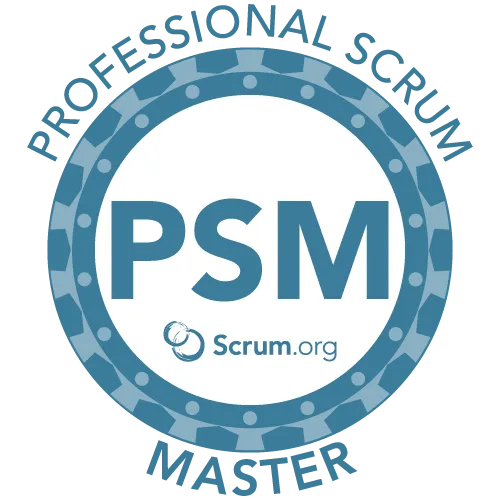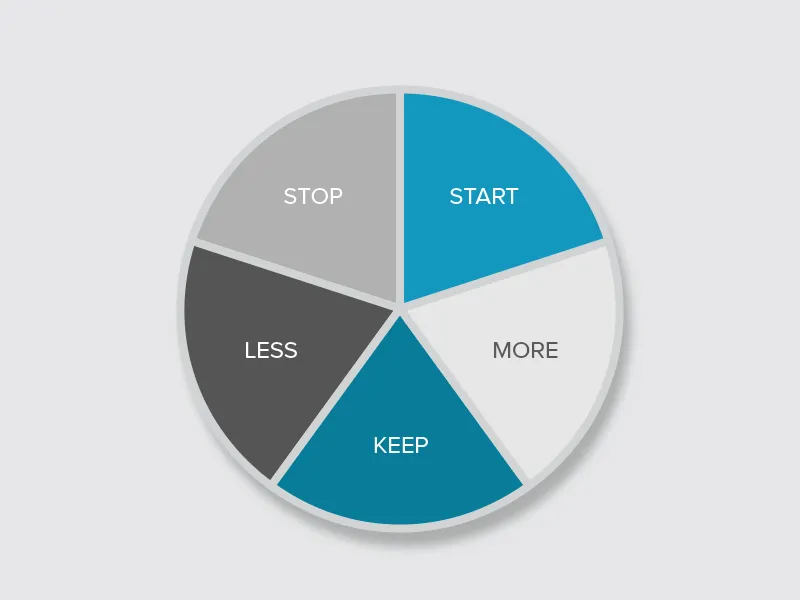
At the moment I am, besides a Information Security officer at my current project, also the Scrum master for our scrum team. Although there are mixed opinions about the use of Scrum ( right @s3rg3 ;)) I am convinced that, when practiced pragmatic, it works for teams to get more predictable, effective and transparent.
What is Scrum?
Scrum is a framework to develop working products in a efficient, agile way. (very short description) . If you want to read more about scrum you can visit http://www.scrum.org
The Scrum retrospective
The Scrum retrospective is a scrum event (mandatory) to evaluate a scrum sprint (a sprint is a period of time in which a (part of the) product the team is working on is developed and released). In the retrospective the team looks back on the past sprint and discusses the things that went right or wrong. The result of the retrospective is a action plan to implement improvements or other ways of work to make the team even more predictable and efficient. These improvements will be worked on in the following spring.
As a scrum master your job is to facilitate this event. To do this the right way you can use some (proven) tools to get the team going and to support them to get the best result out of the event.
I have prepared a powerpoint presentation for tomorrow to show the team the purpose of the retrospective and the way we can reach this. But the most important is that the team itself will do the work :) The scrum master is the facilitator. I do think I have to take them by the hand though because we do have some teammembers who are not really into the scrum 'thing' :)
The 5 steps for a good retrospecive
Step 1: Set the stage
A important thing for the start of the retrospective is to 'set the tone' and whith that I mean to convince everybody of the fact that whatever comes out of the retrospective , everybody has done one's absolutely best to get to the sprint goal.
Step 2: Gather the data
This phase is the actual looking back to the past sprint to identify the things that went very well or went wrong...
Step 3: Generate insights
In this step we dive into the result of step 2. Why did some of those things happened, which things should be done more often or in stead less. Or are there things to try out.
Step 4: Decide what to do
In this step the team will decide which of the 'solutions' or improvements will be picked up to be implemented in the next sprint.
Step 5: Closing the retrospective
This step is the real closure of the event. There is time for the teammembers to give feedback about the proces, what did the liked (or the opposite) of the retrospective.
The Tools
In teams you often have a variaty of people. People who like the attention, people who don't like it at all. People who'm like to speak in public and vice versa. This can quiet simple result in the fact the more silent people aren't speaking up for them selves because they are, for example, scared to get a reaction out of the team. For this situations it can be quiet handy to let teammamber write silently (solo) some issues on a post-it and to discuss this outcome with the whole team. In this way everybody got a fair change to give their opinion or feedback. You will see the team will be more transparant.
There is also the 1, 2, 4 , all strategy. In this setting first all members individual write down the tops and downs on a post-it. After some minutes in pairs of two people you discuss the issues you wrote down and group them (if you have similar issues). Again after some minutes you make groups of four and the exactly same thing. And as last you do it with the whole team. In this way everbody has given his or her input, team spirit will grow and you are able to identify the issues which are the most important because more team members feel the same way.
There are many more tools and excerises but another to mention is the starfish method.

It's a tool / method for teams to discuss openly about things they don't bring any value to the team or product, some which are costing to many effort and so on. If you are interested you can read all about it at https://luis-goncalves.com/starfish-exercise/
don't forget, the retrospective is to get the right insights in the effectiveness of the team and to collaborate together for the improvement.
If you have any questions regarding Scrum, feel free to ask in the comments :)
Have a great evening

They are the creators of Steemify, THE notification app for your Steemit account for IOS.

